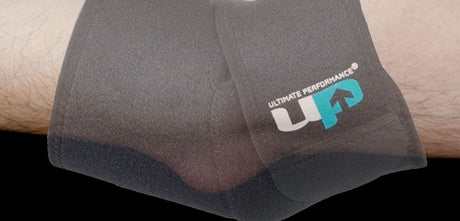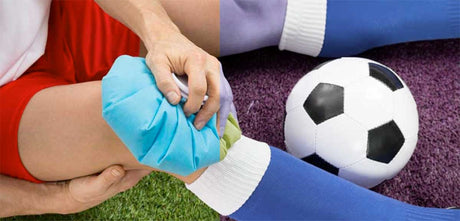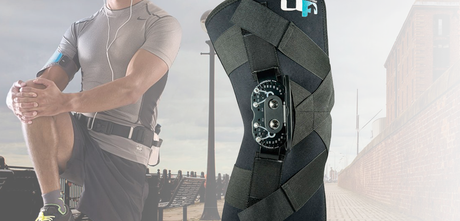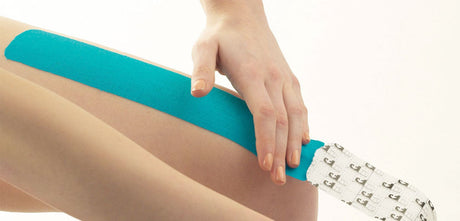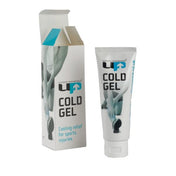We get asked this question A LOT and there are many factors that can contribute to causing the dreaded blister.
Many people suffer from blisters when running and hiking. Firstly let's take a look at what blisters actually are. Blisters are small pockets of body fluid that form in the upper layer of the skin. They are friction burns caused by continued rubbing and chafing from footwear.
To prevent blisters it is important to diagnose why your footwear is rubbing against the skin. If you can reduce the rubbing then you can reduce the chance of a blister forming.
There can be several factors that contribute to rubbing and the most common are heat, moisture and fit. Here's how we recommend you counteract these factors to increase your chances of remaining blister free:
Heat
It is important to remember that when running or hiking longer distances in hot temperatures your foot size can swell to as much as a half or full size bigger than your usual size. Therefore you need to make allowances for this change in either the fit of your shoe or the thickness of your socks.
It is usually recommended when having your shoes fitted to allow 7-10mm in the front of your shoes when your heel is right at the back as this will give your feet enough space to expand. You could also look at socks which can help regulate foot temperature by the material used or the breathability in the design. If you can help keep the feet cool they are likely to swell less during the day. If you are covering many miles in one day during an event you can even change socks after the first half to keep your feet feeling fresh.
Moisture
Whether your feet become wet through sweat or water ingress your feet start slipping about inside the shoe and they become more prone to develop hot spots which lead to blisters. It is important to ensure that your feet stay dry so look for a sock that wicks moisture away from the skin and avoid completely soaking your shoes in water especially if they aren't waterproof. Damp skin blisters more easily than dry skin so it is worth taking a spare pair of socks with you in case of emergencies. If you suffer from hot feet anyway try looking for socks that are breathable and moisture wicking to help keep the feet cool and dry.
Fit
The sock and the shoe need to fit and work together to effectively reduce friction on the skin. If you have space inside the shoe and you are wearing a thin sock the feet will move around inside the shoe which increases friction and blisters will result. Alternatively if you have a well fitting shoe and a thick sock this will cause the shoes to be too tight and friction on the foot will increase, again resulting in blisters.
When making your sock selection there are many options to choose from: light single layers, mid-weight double layers, mid-weight padded single layer, heavyweight double layer and thick padded single layer options. You need to make your selection based on the fit of your shoes and decide whether you have the space for padding or if a double layer will be sufficient.
Here at 1000 Mile you may have noticed that we have quite a wide range of socks to choose from and it can be confusing when making your selection. There isn't just one sock that will suit everyone so we've a range of wicking socks, padded socks, double layer and single layer options. We've tried hard to cover all the bases so we can cater for all our customers. Once you have assessed exactly what you are looking for feel free to CONTACT US and we'll be happy to show you some options to fit your criteria.
If you are suffering from blisters let us know and we'll try to diagnose the issue and help you find a solution.




